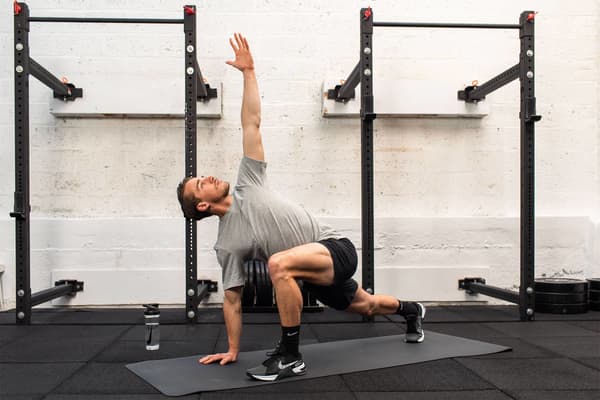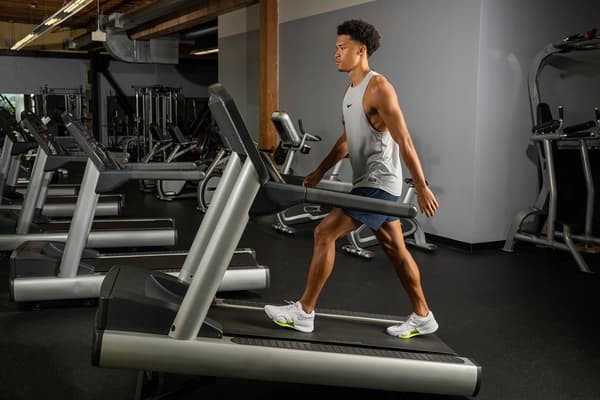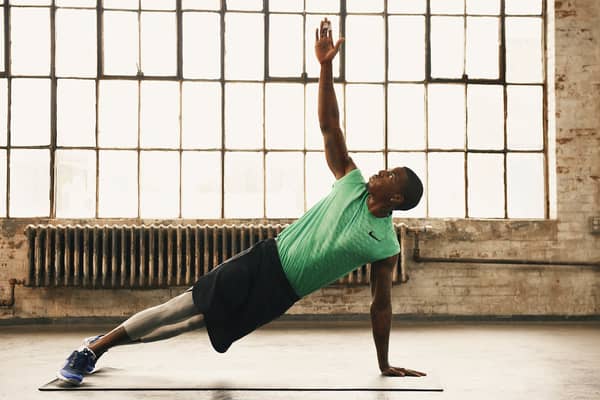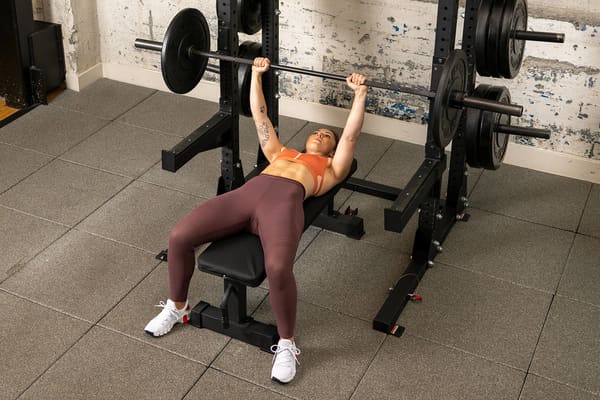What Is Stamina?
Sport & Activity
Certified strength and conditioning specialists explain the meaning of stamina as well as offer tips to improve yours.
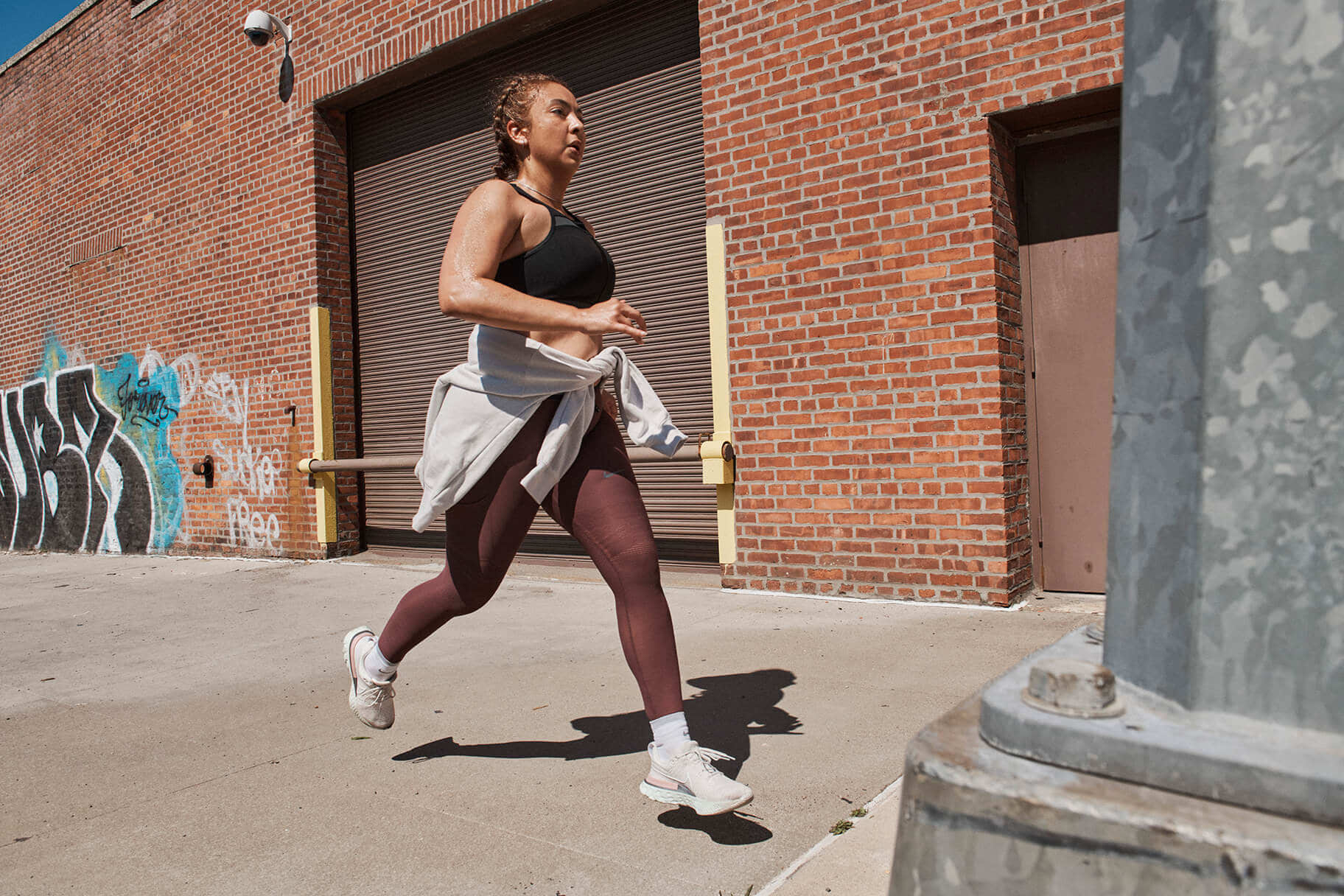
You've probably heard it before: in order to perform at your best, whatever your workout of choice, you need stamina.
But, for all the hype, the science behind how to improve stamina can seem elusive or questionable. Here's what you need to know about stamina, plus exercises to maximise your performance potential.
What Is Stamina?
Stamina can be physical or mental, but it's a term that's typically used to describe "the ability to sustain prolonged physical activity", said Tony Gentilcore, CSCS, author of the weight-training programming guide, 'Pick Things Up'. He added that stamina can also be described as the "ability to do a task without tiring easily".
Stamina often goes by another word, though. "In the fitness realm, stamina is often used interchangeably with the term 'endurance'", said Hannah Dove, DPT, CSCS.
How To Determine Your Stamina
Stamina is "very activity specific", said Albert Matheny, RD, CSCS. For example, a long-distance runner may not be the best at doing HIIT workouts, given that each workout uses different forms of power.
(Related: What Is a HIIT Workout, Anyway?)
But stamina is also "task dependent", Gentilcore said. "The amount of stamina—or work capacity—required to run a marathon is going to be different compared to performing 'X' number of squats every minute on the minute for 'X' minutes", he said.
In order to figure out your stamina, Gentilcore recommended identifying the sport where you want to see improvements in stamina and progressing from there. There are a few ways to do this.
Gentilcore gave an example he uses with his own clients to help them improve their general stamina: He asks them to perform a farmer's walk, where they walk holding either 22 to 27 kilograms (approx.) in each hand (for men) or 11 to 16 kilograms (approx.) in each hand (for women). He asks them to walk for as long as they can before they lose their grip or they become too tired to continue.
"We record that time", Gentilcore said. "We then strength train for several weeks, which will include more loaded carries. We reassess—99 out of 100 times, they will improve their time. Hence, their stamina".
Even doing a particular bodyweight exercise, like push-ups, until you can't do them any more can determine your stamina, Matheny said.
If you want to get technical—and you have access to a doctor with the right equipment—you can assess your stamina with something called a VO2 max test, Dove said. This test is considered the gold standard for determining endurance and stamina, she said. The person being analysed will put on a face mask so the health professional can measure the volume and gas concentrations of air they breathe in and out, according to the University of Virginia School of Medicine in the US.
The athlete will then exercise on a treadmill or bike at an intensity that increases every few minutes, with the goal of reaching their maximum effort. The outcome of this test, Dove said, is to help figure out the maximum oxygen uptake the body can use while you're giving your best.
(Related: The 5 Benefits (and Drawbacks) Of Running on a Treadmill, According to Experts)
Why Stamina Can Vary From Exercise to Exercise
It's not uncommon to have high stamina in one thing, like push-ups, and find that you can't do other activities, like long-distance running, for as long or at the same intensity, Matheny said.
It all comes down to what, exactly, you're trying to achieve, Gentilcore said. "Some tasks require more endurance. Some require more power and strength", he said.
Genetic make-up plays a role, too, he said—someone with more slow-twitch muscle fibres will "probably do very well with endurance-related tasks", while a person with fast-twitch muscle fibres "will probably do well with fast, explosive-based movements".
Slow-twitch muscle fibres are also known as type I muscle fibres—they are smaller in size and support athletes who do long-distance events, such as marathon running and long cycling races for example. Fast-twitch muscle fibres are known as type II muscle fibres, which are much larger in size and support powerful movements—like weightlifting and HIIT workouts—as well as bursts of speed (think: sprinting).
But training and experience play a role too. "If someone is not accustomed to running longer distances, then they won't do well with them—at first", Gentilcore said. Instead, you need to train different muscles to perform in the area you want. So, if you want to run longer distances, you need to go for shorter runs, building up your endurance and muscles to be able to handle longer stretches over time.
Best Exercises for Stamina
Experts said there aren't blanket workouts that will improve your stamina across all types of exercise. "Specificity matters", Gentilcore said. "If someone wants to get better at running a mile, they need to run more miles. If someone wants to get better at squatting, they need to squat more. Do more of the thing you're trying to improve".
However, you can generally split exercises into two groups, Dove said: anaerobic and aerobic. Anaerobic exercises are ones that are shorter and more intense, like sprinting, according to the US National Library of Medicine. Aerobic exercises are slower and more prolonged, like walking or jogging.
If you want to improve your stamina for an aerobic exercise, like running a 5K race, consider gradually increasing your mileage while also doing other forms of aerobic activity, such as swimming lengths, Matheny said. This way, you build your aerobic base while reducing the risk of developing an overuse injury.
The same goes for anaerobic exercises—using a vertical climber at a fast speed, for example, could help improve your skipping-rope stamina. "Training muscles in different ways and different types of stress" can help improve stamina, he said.
How To Improve Stamina
If you want to improve your stamina in a particular exercise, Gentilcore recommended simply doing what you can to push yourself more. That can include doing more reps or exercising for longer than usual, slowly increasing your reps or time until you reach your goal. Of course, working with a certified personal trainer, or a strength and conditioning coach, would be a great way to identify any limitations from the get-go.
"Another way to do it is to shorten rest periods, so you do the same amount of work in a shorter amount of time", he said.
Keep pushing yourself to do more (within reason), experts have said, and your stamina will follow.
Words by Korin Miller

Nike Run Club
Listen to the Guided Runs in the Nike Run Club App and run with some of the best coaches and athletes, like Eliud Kipchoge, Shalane Flanagan and Mo Farah. Our Guided Runs give you the guidance you need to listen to your body, adapt to your training plan and become your own best coach.
